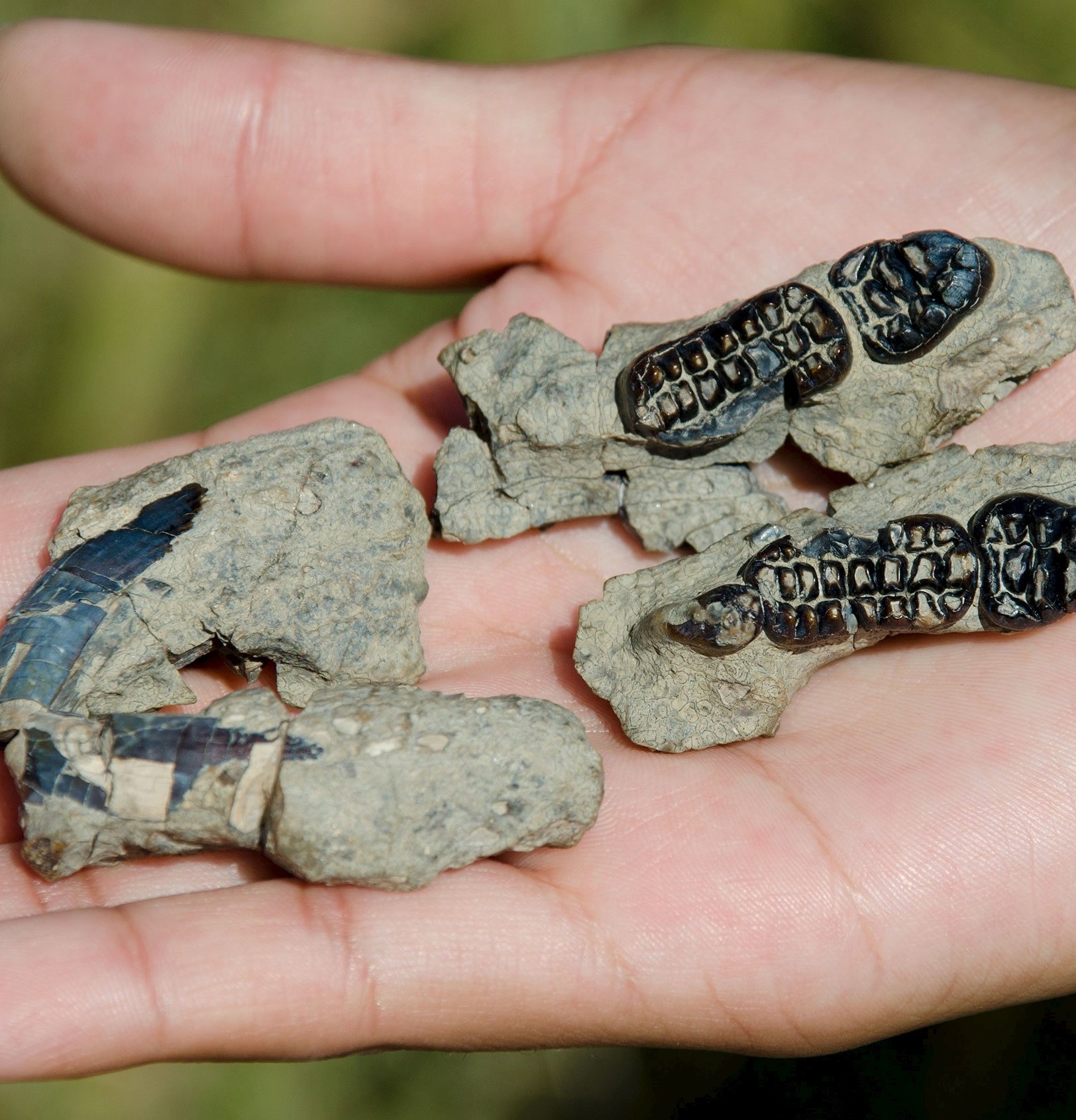Post-apocalyptic ‘beaver’ thrived after dinosaurs died, scientists claim
Scientists on Monday announced the discovery in north-western New Mexico’s badlands of the fossil remains of Kimbetopsalis simmonsae, a plant-eating, rodent-like mammal boasting buck-toothed incisors like a beaver that lived just a few hundred thousand years after the mass extinction, a blink of the eye in geological time. Kimbetopsalis, estimated at 3ft long (1 metre), would have been covered in fur and possessed large molar teeth with rows of cusps used to grind down plants. It lived in a lush area of forests, rivers, streams and lakes as Earth’s ecosystems began to recover from the catastrophe that ended the Cretaceous Period and opened the Paleocene Epoch.
Finding this new mammal was a pleasant surprise. It helps fill an important gap in the record of this group of mammals.
Dr Thomas Williamson of the New Mexico Museum
Dr Thomas Williamson of the New Mexico Museum led the research and said: "It’s interesting that this odd, now extinct group, was among the few to survive the mass extinction and thrive in the aftermath. It may be because they were among the few mammals that were already well-suited to eating plants when the extinction came. This new species helps to show just how fast they were evolving to take advantage of conditions in the post-extinction world.“ Research revealed that the new fossil dates to about 500,000 years after the extinction.
We could think of Kimbetopsalis as a primeval beaver, which lived only a few hundred thousand years after the asteroid impact that killed the dinosaurs.
Dr Steve Brusatte of the University of Edinburgh

Americas prehistoric beaver